Indiana University Press is proud that our books have received over 60 awards (and counting!) during the 2020-2021 calendar year. Many congratulations to our well-deserving authors!
Award-Winning Books
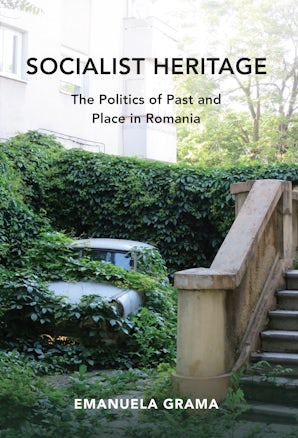
Winner: Ed A Hewett Book Prize
Socialist Heritage
The Politics of Past and Place in Romania
Emanuela Grama
Focusing on Romania from 1945 to 2016, Socialist Heritage explores the socialist state's attempt to create its own heritage, as well as the legacy of that project. Contrary to arguments that the socialist regimes of Central and Eastern Europe aimed to erase the pre-war history of the socialist cities, Emanuela Grama shows that the communist state in Romania sought to exploit the past for its own benefit. The book traces the transformation of a central district of Bucharest, the Old Town, from a socially and ethnically diverse place in the early 20th century, into an epitome of national history under socialism, and then, starting in the 2000s, into the historic center of a European capital. Under socialism, politicians and professionals used the district's historic buildings, especially the ruins of a medieval palace discovered in the 1950s, to emphasize the city's Romanian past and erase its ethnically diverse history. Since the collapse of socialism, the cultural and economic value of the Old Town has become highly contested. Bucharest's middle class has regarded the district as a site of tempting transgressions. Its poor residents have decried their semi-decrepit homes, while entrepreneurs and politicians have viewed it as a source of easy money. Such arguments point to recent negotiations about the meanings of class, political participation, and ethnic and economic belonging in today's Romania. Grama's rich historical and ethnographic research reveals the fundamentally dual nature of heritage: every search for an idealized past relies on strategies of differentiation that can lead to further marginalization and exclusion.
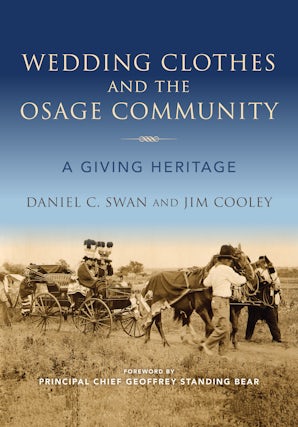
Winner: GSA Best Book in History and Social Sciences
Wedding Clothes and the Osage Community
A Giving Heritage
Daniel C. Swan, Jim Cooley
Wedding Clothes and the Osage Community: A Giving Heritage explores how gift exchange, motivated by the values of generosity and hospitality, serves as a critical component in the preservation and perpetuation of Osage society. Authors, Daniel C. Swan and Jim Cooley collaborate with members of the Osage Nation to discuss this foundational cultural practice over two centuries and in multiple social contexts.
The book begins with an in-depth examination of the Mízhin form of marriage, which bound two extended Osage families together for economic, biologic, and social reasons intended to produce value and community cohesion for the larger society. Swan and Cooley then follow the movement of Osage bridal regalia from the Mízhin from of marriage into the "Paying for the Drum" ceremony of the Osage Ilonshka—a variant of the Plains Grass Dance, which is a nativistic movement that spread throughout the Plains and Prairie regions of the United States in the 1890s. The Ilonshka dance and its associated organization provide a spiritual charter for the survival of the ancient Osage physical divisions, or "districts" as they are called today. Swan and Cooley demonstrate how the process of re-chartering elements of material culture and their associated meanings from one ceremony to another serves as an example of the ways in which the Osage people have adapted their cultural values to changing economic and political conditions. At the core of this historical trajectory is a broad system of Osage social relations predicated on status, reciprocity, and cooperation. Through Osage weddings and the Ilonshka dance the Osage people reinforce and strengthen the social relations that provide a foundation for their respective communities.
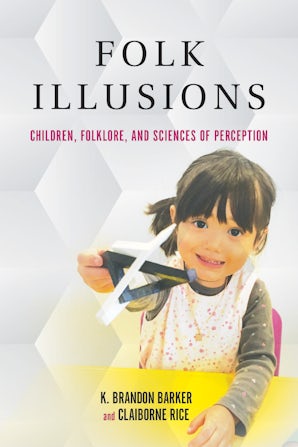
Winner: Iona and Peter Opie Prize for Books on Children’s Folklore
Folk Illusions
Children, Folklore, and Sciences of Perception
K. Brandon Barker, Claiborne Rice
Wiggling a pencil so that it looks like it is made of rubber, "stealing" your niece's nose, and listening for the sounds of the ocean in a conch shell– these are examples of folk illusions, youthful play forms that trade on perceptual oddities. In this groundbreaking study, K. Brandon Barker and Claiborne Rice argue that these easily overlooked instances of children's folklore offer an important avenue for studying perception and cognition in the contexts of social and embodied development. Folk illusions are traditionalized verbal and/or physical actions that are performed with the intention of creating a phantasm for one or more participants. Using a cross-disciplinary approach that combines the ethnographic methods of folklore with the empirical data of neuroscience, cognitive science, and psychology, Barker and Rice catalogue over eighty discrete folk illusions while exploring the complexities of embodied perception. Taken together as a genre of folklore, folk illusions show that people, starting from a young age, possess an awareness of the illusory tendencies of perceptual processes as well as an awareness that the distinctions between illusion and reality are always communally formed.
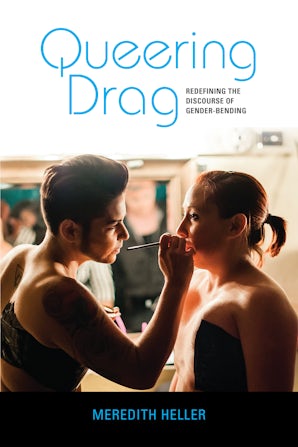
Winner: John Leo and Dana Heller Award
Queering Drag
Redefining the Discourse of Gender-Bending
Meredith Heller
Theatrical gender-bending, also called drag, is a popular form of entertainment and a subject of scholarly study. However, most drag studies do not question the standard words and ideas used to convey this performance genre. Drawing on a rich body of archival and ethnographic research, Meredith Heller illuminates diverse examples of theatrical gender-bending: male impersonation in variety and vaudeville (1860–1920); the "sexless" gender-bending of El Teatro Campesino (1960–1980); queer butch acts performed by black nightclub singers, such as Stormé DeLarverie, instigator of the Stonewall riots (1910–1970); and the range of acts that compose contemporary drag king shows. Heller highlights how, in each case, standard drag discourses do not sufficiently capture the complexity of performers' intents and methods, nor do they provide a strong enough foundation for holistically evaluating the impact of this work. Queering Drag offers redefinition of the genre centralized in the performer's construction and presentation of a "queer" version of hegemonic identity, and it models a new set of tools for analyzing drag as a process of intents and methods enacted to effect specific goals. This new drag discourse not only allows for more complete and accurate descriptions of drag acts, but it also facilitates more ethical discussions about the bodies, identities, and products of drag performers.
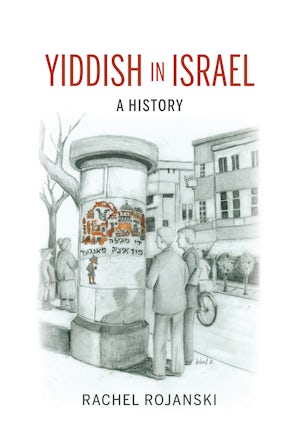
Winner: JORDAN SCHNITZER BOOK AWARDS
Yiddish in Israel
A History
Rachel Rojanski
Yiddish in Israel: A History challenges the commonly held view that Yiddish was suppressed or even banned by Israeli authorities for ideological reasons, offering instead a radical new interpretation of the interaction between Yiddish and Israeli Hebrew cultures. Author Rachel Rojanski tells the compelling and yet unknown story of how Yiddish, the most widely used Jewish language in the pre-Holocaust world, fared in Zionist Israel, the land of Hebrew.
Following Yiddish in Israel from the proclamation of the State until today, Rojanski reveals that although Israeli leadership made promoting Hebrew a high priority, it did not have a definite policy on Yiddish. The language's varying fortune through the years was shaped by social and political developments, and the cultural atmosphere in Israel. Public perception of the language and its culture, the rise of identity politics, and political and financial interests all played a part. Using a wide range of archival sources, newspapers, and Yiddish literature, Rojanski follows the Israeli Yiddish scene through the history of the Yiddish press, Yiddish theater, early Israeli Yiddish literature, and high Yiddish culture. With compassion, she explores the tensions during Israel's early years between Yiddish writers and activists and Israel's leaders, most of whom were themselves Eastern European Jews balancing their love of Yiddish with their desire to promote Hebrew. Finally Rojanski follows Yiddish into the 21st century, telling the story of the revived interest in Yiddish among Israeli-born children of Holocaust survivors as they return to the language of their parents.






